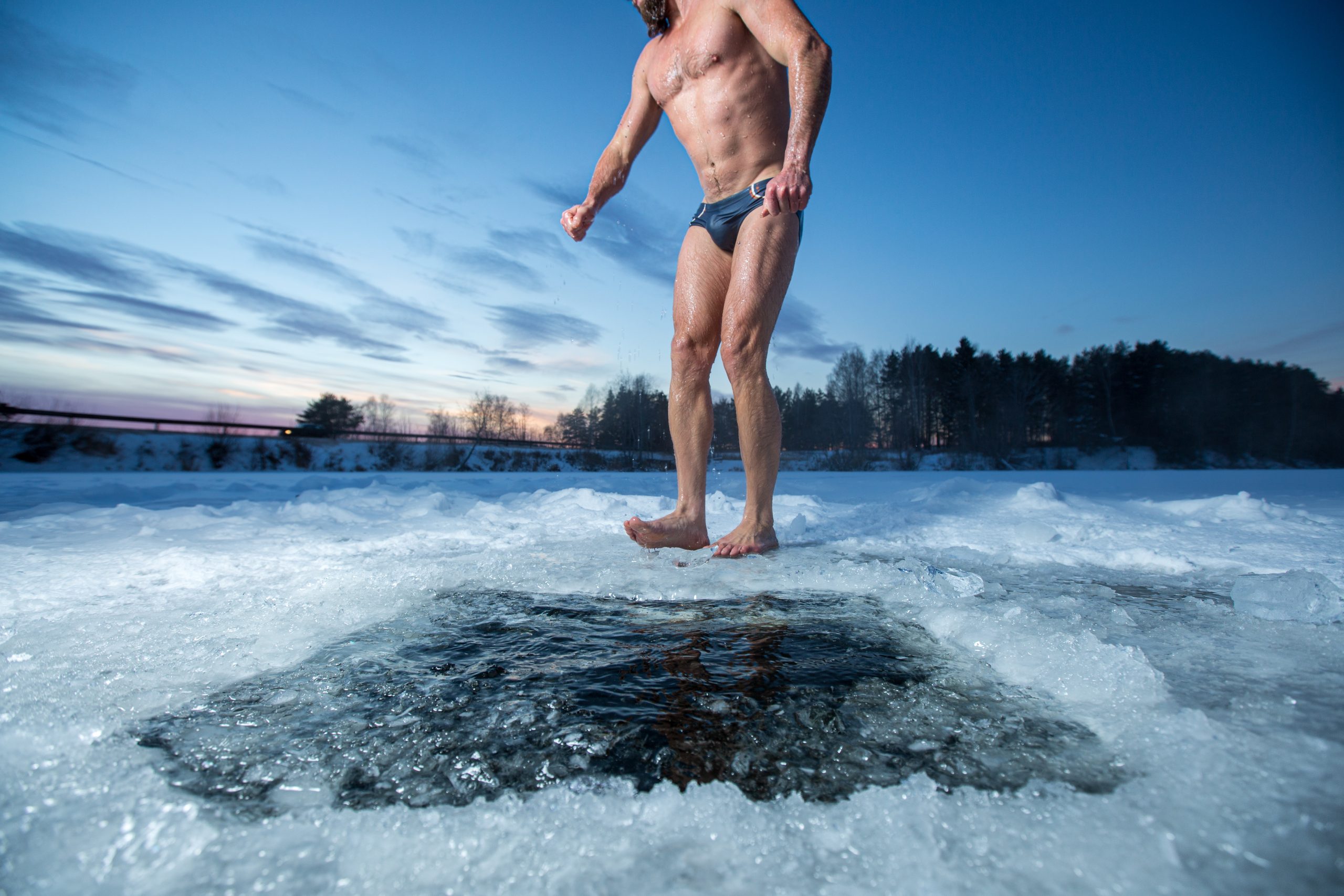
Cold Shock: Causes, Symptoms, Treatment and Prevention
Boating in Canada often takes place in very cold water. A maneuvering error, a collision or rough weather can easily cause you to fall overboard. When this occurs, there is a high risk of cold water shock.
In this article, the National Boating Safety School explains the causes and symptoms of cold shock, how to treat it and how to prevent it from happening in the first place.
What is cold shock?
Cold shock can occur when you are suddenly immersed in water that is colder than 15 °C. There are many situations that can cause you to fall overboard, including failing to follow the Canadian Collision Regulations.
It’s important to be familiar with boating distress signals so that you can call for help in the event of an emergency. Taking a course on the rules and risks of boating to get your boating license is vital in order to ensure your safety on the water.
Causes and symptoms of cold shock
Cold shock occurs when your body temperature drops suddenly. The most common cause of cold shock is sudden immersion in cold water. Hypothermia may follow if you continue to be exposed to low temperatures, particularly if your clothing is wet.
The symptoms of cold shock can be divided into three stages:
- During the first stage, shivering occurs, followed by muscle spasms, difficulty speaking and hyperventilation. Heart rate and blood pressure tend to increase due to the sudden exposure to cold water.
- During the intermediate stage, heart rate and blood pressure decrease, as does breathing. Movement and coordination become more and more difficult. The victim becomes confused, irrational and drowsy.
- During the last stage, breathing and pulse are weak, irregular or absent. The victim is usually unconscious.
Cold shock is responsible for more deaths than hypothermia. Hyperventilation can cause the victim to breathe in water and suffocate. The shock of the sudden drop in body temperature can also cause a heart attack or stroke.
Sudden exposure to cold water can also instantly paralyze the muscles, meaning that even the best swimmer can drown due to cold shock.
How to treat cold shock
When experiencing cold water shock or hypothermia, the first and most important step is to get out of the cold. If you fall into cold water, try to get back onto your boat, hold onto a buoy or marker or get to shore before you lose too much body heat. Once you’re out of the water, get indoors or take what shelter you can, because the effects of the wind on wet clothing can aggravate your symptoms further.
Next, you’ll need to warm yourself up. Because your body is in shock, it’s important to proceed gradually. Follow these steps:
- Remove your wet clothes and replace them with dry ones
- Cover yourself with blankets
- Cover yourself with a dry cloth
- Use a hat and scarf to cover your head and neck, areas of the body that experience significant heat loss
- Warm up using dry objects that are close to normal body temperature (between 35 °C and 45 °C).
If you succeed in getting back on board, it’s important to anchor your boat to avoid any further accidents.
How to prevent cold shock
There are several steps you can take to prevent cold water shock from occurring.
It’s important to use navigation lights when the situation requires it to prevent collisions and other accidents. You should also have equipment on board for communicating with emergency services. To provide first responders with accurate information in the event of an emergency, you’ll need to be familiar with basic nautical terminology, such as port and starboard.
Wear a lifejacket or PFD at all times while boating so that if you fall into the water, you can stay afloat and reduce your risk of cold shock. You should also have other boating safety equipment such as a reboarding device and a buoyant heaving line on board to improve your chances of survival in case of a fall into cold water.
Learn about boating safety and get your boating license
Cold shock can happen to anyone at any time, whether you’re swimming, participating in water sports, fishing, etc. Regardless of the activity you’re engaged in, the best way to prevent cold shock is to be aware of the risks and prepare accordingly.
When boating, it’s important to know the safety measures that can save your life in the event of an emergency. The National Boating Safety School offers an online boat safety course that prepares aspiring boaters to take the official Transport Canada boat exam and includes a wealth of information about safe boating practices.

